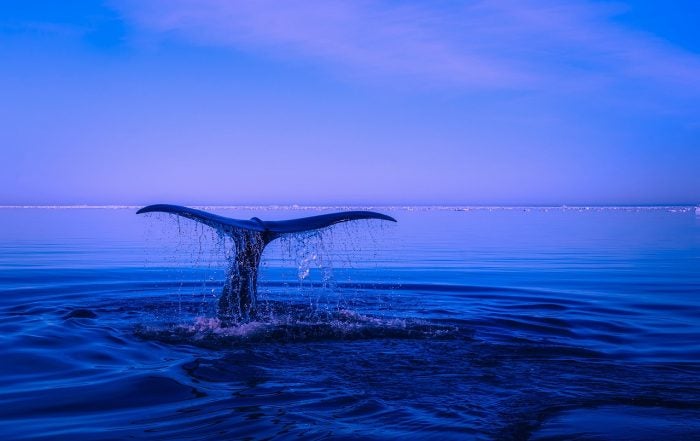The Wood Wide Web: Underground Fungi-Plant Communication Network
By Annie Chen, Environmental Science and Management ’19 Author’s note: When people think of ecosystems, trees and animals usually come to mind. However, most often we neglect an important part of the ecosystem — Fungi. Without us noticing, the fungi stealthily connects the organisms underground, creating a communication network that helps organisms interact with one another. […]
Not All Heroes Wear Capes: How Algae Could Help Us Fight Climate Change
By Robert Polon, Biological Sciences Major, ’21 Author’s Note: In my UWP 102B class, we were assigned the task of constructing a literary review on any biology-related topic of our choice. A year ago, in my EVE 101 class, my professor briefly mentioned the idea that algae could be used to sequester atmospheric carbon dioxide in […]
Where the Bison Roam and the Dung Beetles Roll: How American Bison, Dung Beetles, and Prescribed Fires are Bringing Grasslands Back
By John Liu, Wildlife, Fish, and Conservation Biology ‘21 Author’s Note: In this article, I will explore the overwhelming impact that the teeny tiny dung beetles have on American grasslands. Dung beetles, along with reintroduced bison and prescribed fires, are stomping, rolling, and burning through the landscape; all in efforts to revive destroyed grassland habitats. […]
Gene editing invasive species out of New Zealand
By Jessie Lau, Biochemistry and Molecular Biology ‘20 Authors Note: Since the advent of Clustered Regularly Interspaced Short Palindromic Repeats-CRISPR Associated Protein 9 (CRISPR/Cas9) discovery and biotechnological breakthroughs thereafter, this revolutionary application has been primarily focused on human health, particularly fostering solutions to numerous debilitating ailments. However, the general public has offered little attention towards the […]
Genetically Engineered Crops: A Food Security Solution?
By Roxanna Pignolet, Biochemistry and Molecular Biology 20’ Author’s Note: Since I started working on plant metabolites as an undergraduate researcher in the Shih Lab, I’ve developed a great appreciation for the power of plant genetic engineering to address a wide variety of problems. A uniquely global and increasingly relevant concern is how to continue […]
A Chemical Report on Heptachlor (Heptachlor Epoxide)
By Kaiming Tan Author’s Note: This report analyzes and explains the biological, chemical, and environmental importance of heptachlor. More and more in today’s society, we are utilizing synthetic compounds as agricultural insecticides, which makes understanding what these chemicals do to our bodies and the environment of utmost importance. Farming strategies may seem far-removed from our daily lives, […]
Davis Downfall According to Sierra Club
By Mari Hoffman Authors note: UC Davis does an immense amount of waste reduction and energy conservation practices, but after writing this essay in my Water Quality at Risk class I wondered if it is enough. In 2018, UC Davis did not make it on the “Cool Schools” list by Sierra Club Magazine. The previous […]
Cultured Meat: Teaching an Old Cell New Tricks
By Tannavee Kumar, Genetics and Genomics ‘20 Author’s Note Cultured meat has been a topic of great discussion as we try to understand the extent to which animal agriculture contributes to greenhouse gas emissions and other environmental issues. While plant-based imitation meats have been on the market for decades, I was particularly interested in […]
RoboBees: The Future of Food and Society?
By Tannavee Kumar, Genetics & Genomics, ’20 Author’s Note Going into my research on fully automated and autonomous bee swarms, I was aware that there was much controversy on how we as a society should address and work to solve the problem of the drastically declining honeybee population. Upon coming across the large initiative that […]
The Relationship Between Genetic Diversity and Disturbance in the Eelgrass Species Zostera marina
By Ryan Green Author’s note: This piece was written for my upper division university writing class, Writing in the Sciences. We were required to write a review article on a topic of our choice, and I chose the relationship between genetic diversity and disturbance of Zostera marina. I decided to pursue this topic because […]

